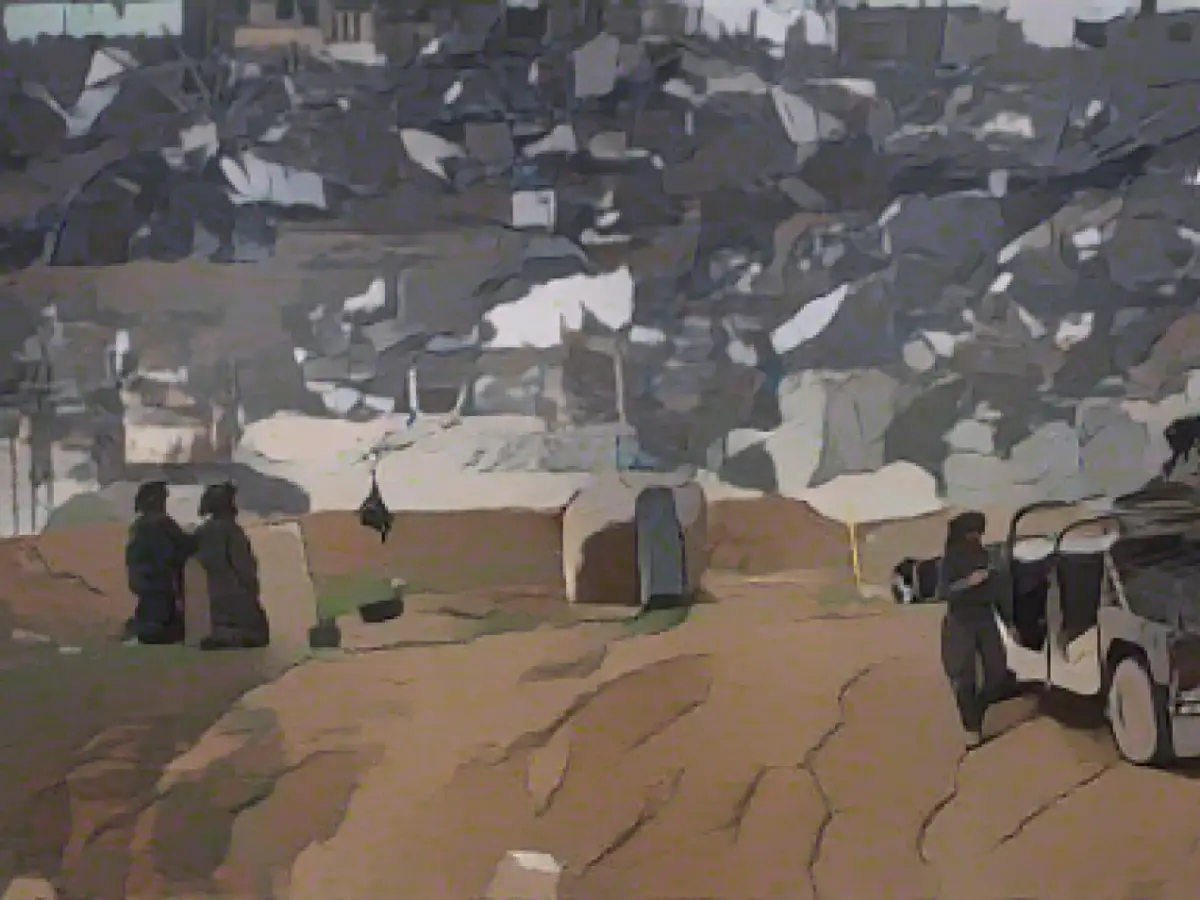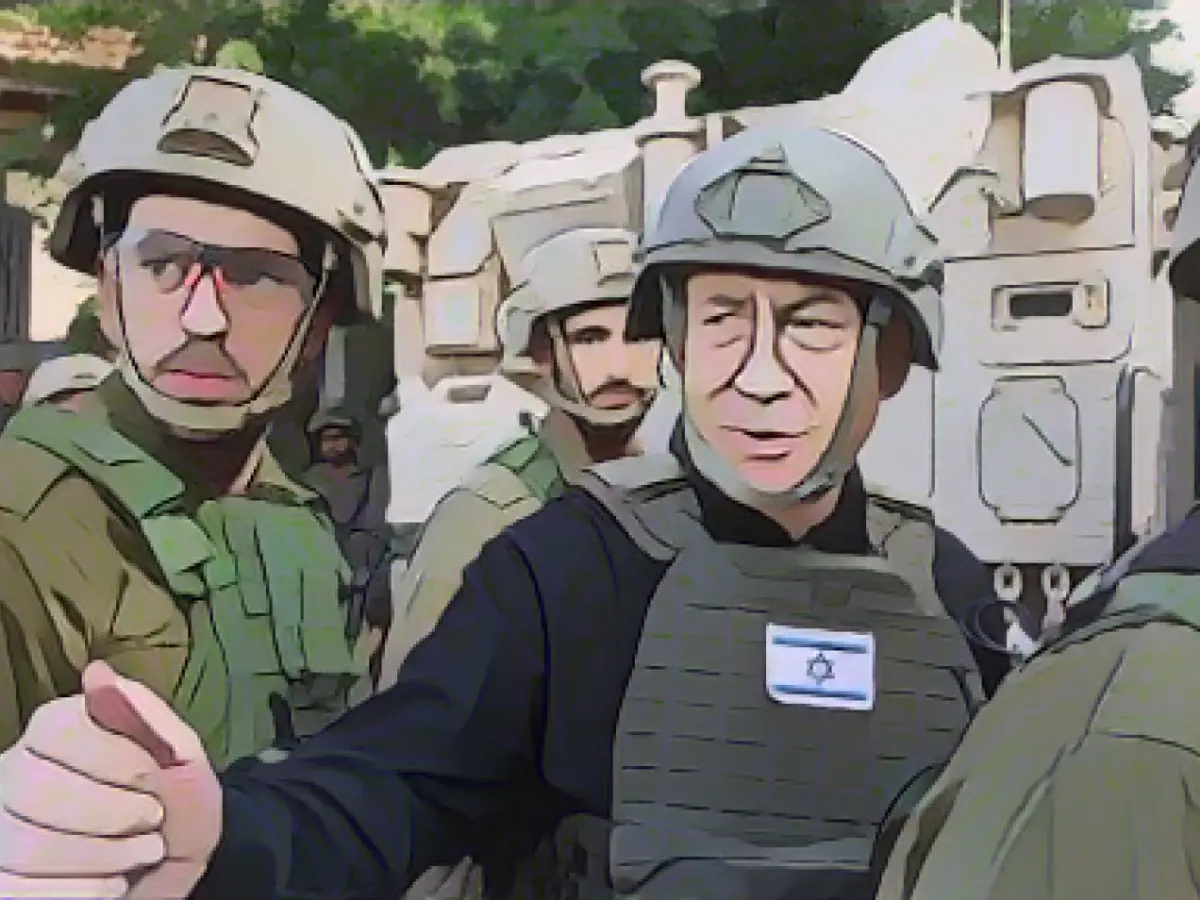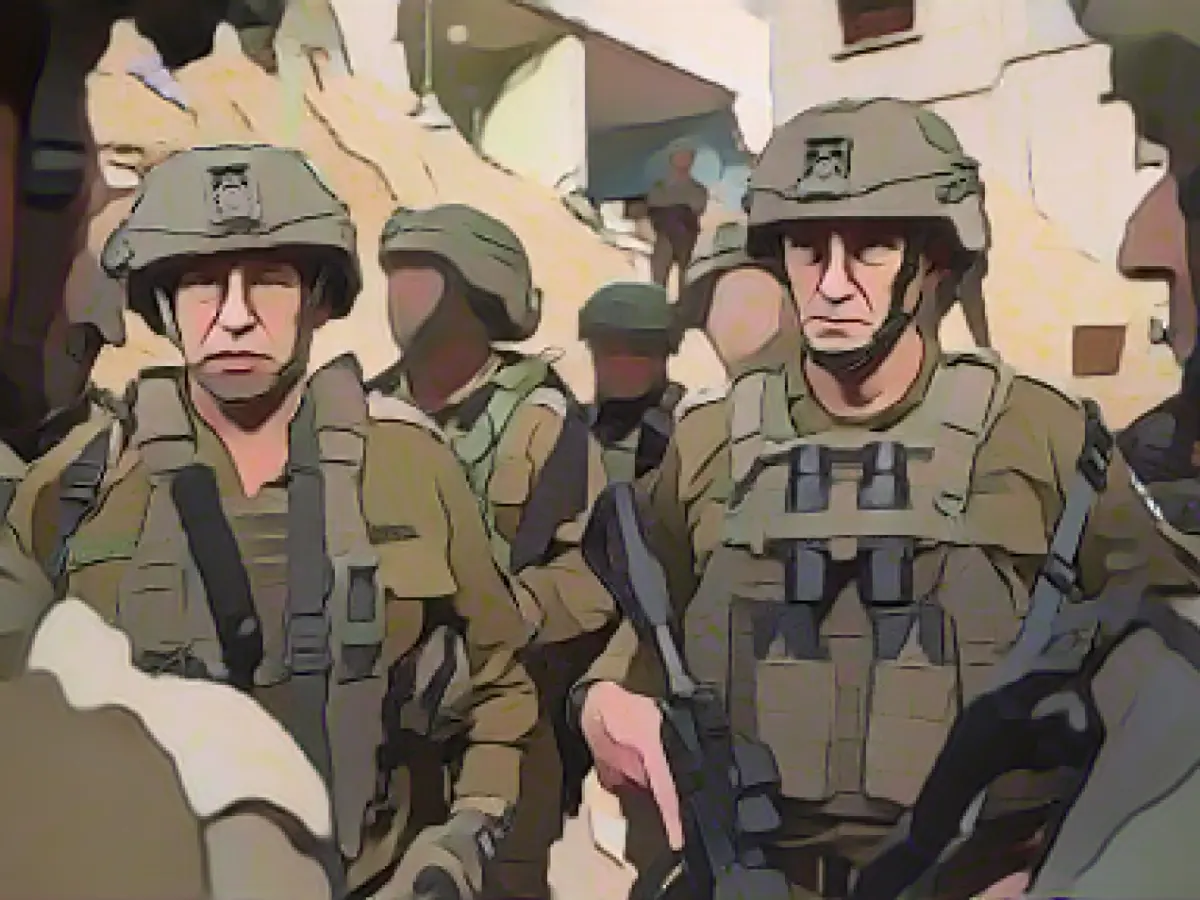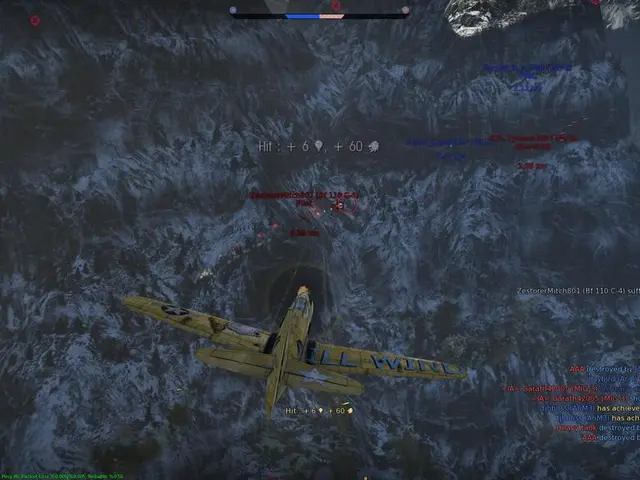Middle East - The Challenging Battle in Gaza
As Israeli ground troops continue their offensive in the Gaza Strip, the Islamist Hamas is causing significant losses, forcing a reevaluation of Israel's strategy, according to various media outlets. The group's switch to guerrilla tactics is making it difficult to eliminate Hamas, as two months into the campaign, 14 Israeli soldiers have lost their lives over the Christmas weekend alone. The situation is further complicated by Pope Francis' call for peace at his Christmas Mass in Rome.
Bearing Heavy Casualties
To date, over 150 Israeli soldiers have been killed in the Gaza war since the ground offensive began at the end of October. In response, Israeli Prime Minister Benjamin Netanyahu has pledged to persist in the fight until Hamas is completely destroyed. Despite the high number of Israeli casualties, the Israeli war cabinet is set to discuss an Egyptian proposal for ending the war on Monday, citing a possible ceasefire and the release of hostages.
Hamas' Adaptive Strategy
Hamas' use of guerrilla tactics, such as operating in small cells of two to five fighters and emerging from seemingly nowhere to attack, is contributing to the high number of Israeli casualties. Additionally, the group is reportedly using civilians, women, and children to gather intelligence and transport weapons, making it even more challenging to target them effectively.
The Underground Advantage
Hamas also benefits from its substantial network of underground tunnels. Apart from providing refuge, these tunnels allow the group to store weapons and hold hostages. The Israeli army has already discovered the bodies of five Israeli hostages in a network of tunnels in the northern Gaza Strip, with several others still believed to be held captive.
A Controversial Tactical Shift?
The rising number of fallen Israeli soldiers has sparked internal criticism that Israel is endangering its soldiers by reducing its use of force in response to US demands to limit civilian casualties. However, Israeli security officials and Prime Minister Netanyahu deny any change in tactics, stressing that a complete victory over Hamas is the only way to secure the group's dissolution, return of all hostages, and ensure that Gaza no longer poses a threat to Israel.
Proposed Layered Ceasefire Plan
According to Egypt's proposed ceasefire plan, which Aschark News reported on, the first phase of a phased ceasefire aimed at securing the release of 40 hostages in exchange for 120 Palestinian prisoners. This would then be followed by a Palestinian dialogue facilitated by Egypt, leading to a complete ceasefire. The final stage would see Israeli troops withdraw from the region while allowing displaced Palestinians to return home.
Relevant Insights
- The Gaza conflict underscores the challenges faced by both sides, with each employing adaptive tactics and employing sensitive targets to gain the upper hand.
- The use of civilians as human shields and the capability to store weapons and hold hostages in underground tunnels add complexity to the conflict and necessitate sophisticated countermeasures.
- The importance of international diplomacy and support in bringing about a lasting ceasefire and settling the conflict between Israel and Hamas cannot be understated.
[1] [2] [3] [4] [5]








